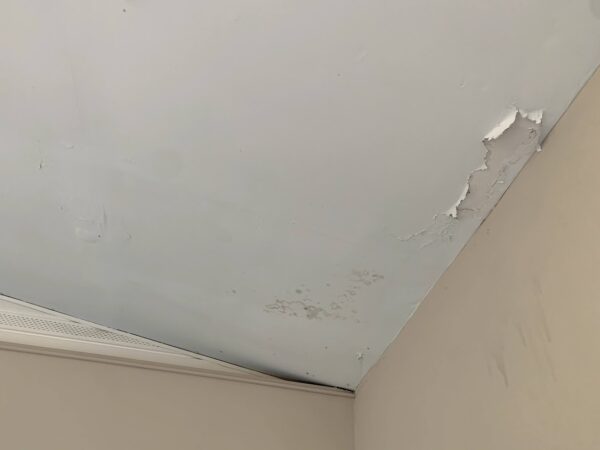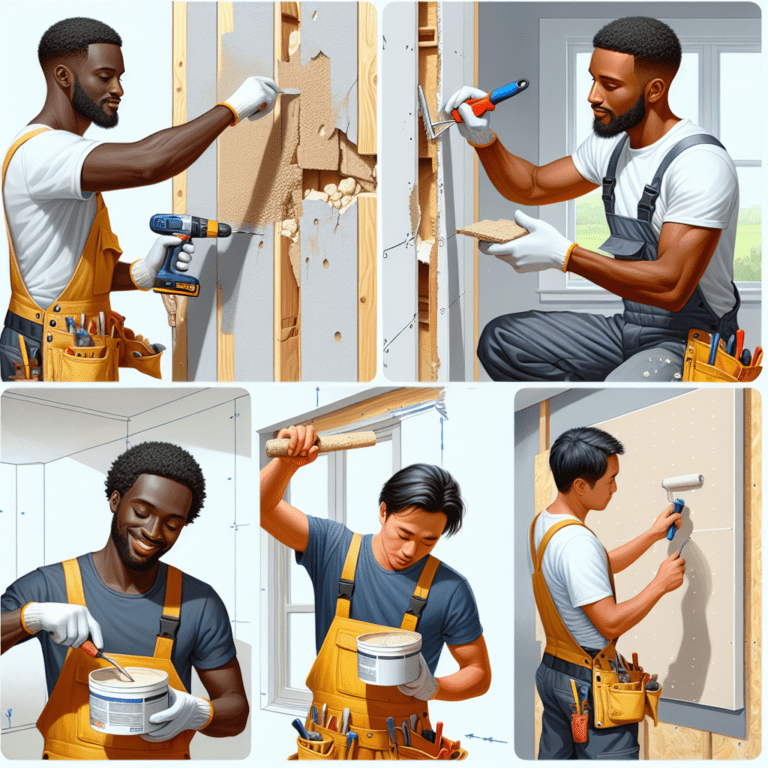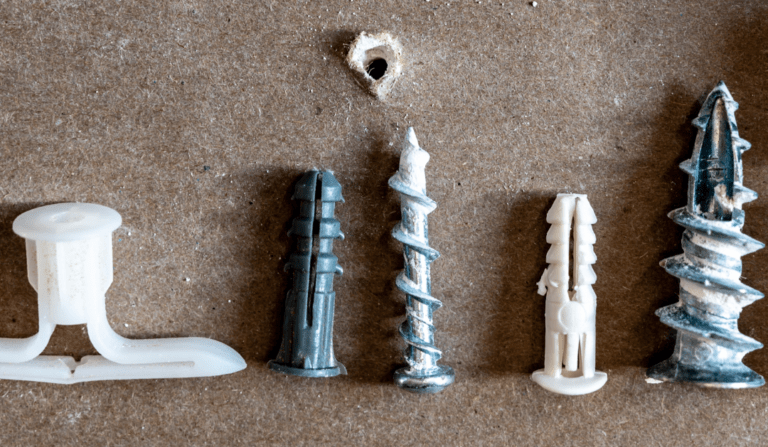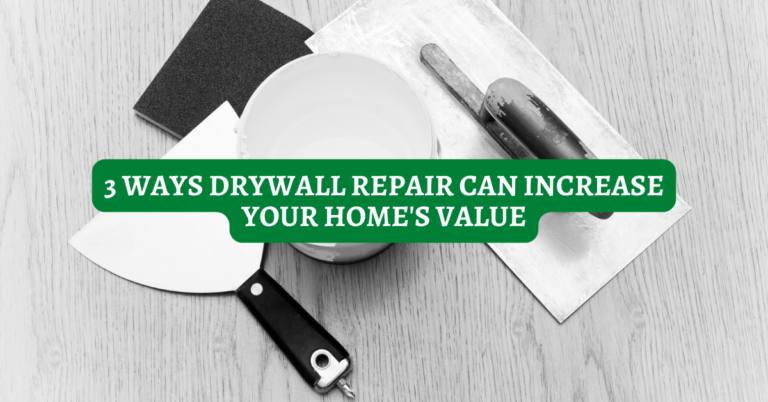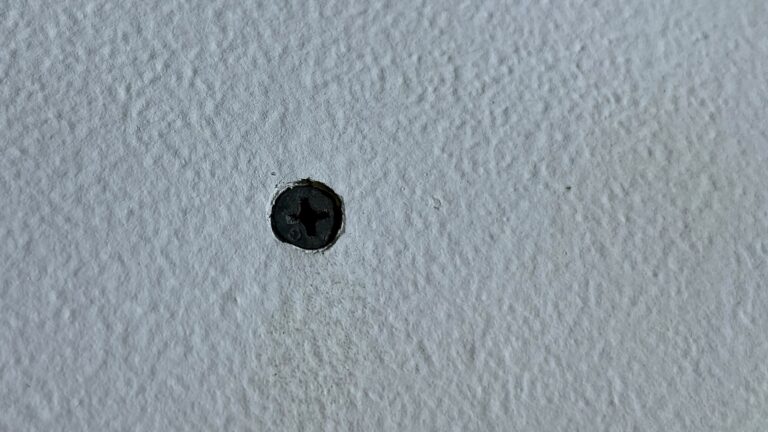Top Causes Of Drywall Damage And How To Avoid Them
Top Causes Of Drywall Damage And How To Avoid Them
Whether you are a homeowner or an investor in commercial properties, the chances are that you will encounter drywall damage at some point. You may know what causes this kind of damage, but do you know how to prevent it?
If you own a home and your walls are getting damaged frequently due to moisture seeping in from outside or other sources, this article will benefit you. After all, homes with damaged drywall tend to lose value relatively quickly, making it a financial and practical issue. In this blog post, we’ll explore some common causes of drywall damage and how you can prevent them from happening again.
Common Causes of Drywall Damage and Tips On How To Avoid Them
The following are some of the most common causes of drywall damage and tips on how to avoid them:
Leaks
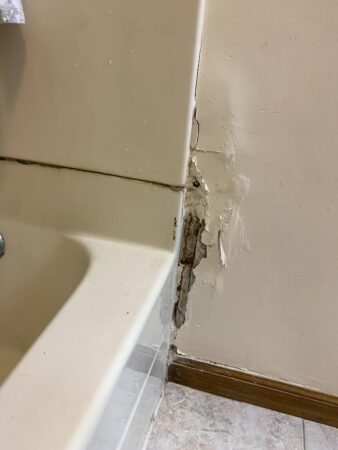
Water leaks are one of the most common causes of drywall damage. Often, homeowners end up with a wet basement or attic that causes mold and mildew to grow on their walls. This can easily lead to major structural damage in your home and even cause them to cave in. If your home is susceptible to this kind of problem, you must take steps to prevent it from happening again. This could range from installing a sump pump or waterproofing your basement, but whatever you do, ensure that you address the issue before it gets out of hand.
Impacts
Impacts are one of the most common causes of drywall damage and can be caused by accidents or miscalculations. Hanging heavy mirrors or paintings on walls can cause drywall damage. A water leak in your house might lead to moisture buildup, which could seep through cracks and holes in your drywall. The best way to avoid this damage is to keep children away from sharp objects like knives or forks.
Foundation Settling
The most common cause of drywall damage is foundation settling. The problem occurs when the home’s foundation moves away from its original position, causing cracks in the walls. This makes your home look bad and vulnerable to pests such as termites and mold. If you notice cracks in your walls or sags, this could be a sign that your home needs urgent repairs.
If your house has severely sloping floors, then you need to get it checked by a professional because it could lead to serious structural problems. If you live in an area with frequent earthquakes, you should also inspect your house regularly because earthquakes can cause foundation settling.
Termites
Termites are one of the most common causes of drywall damage. They can wreak havoc on your home and cause severe structural damage if left unchecked.
If you have termites in your home, you must get rid of them as soon as possible. But what happens when they have already caused damage? In this case, it’s not enough to just get rid of them. You also need to repair the affected areas before they cause further damage.
Repainting is a good option for those who don’t have time or the skills necessary for a more involved repair job. However, if you have time and patience, it is better to use a more permanent solution. Replacing damaged boards with new ones or installing steel studs instead of regular wooden ones would work.
Faulty Installation
If your drywall is not installed correctly, it is a good chance that it will get damaged over time. The leading cause of this damage is moisture seeping into the wall cavity where the drywall meets the studs. Secondly, if drywall is installed parallel to joists, it can also cause waves in your ceiling. The best way to avoid this type of damage is by hiring an experienced contractor who knows how to install drywall properly. If you prefer DIY, I’ve written this article to explain the process:
Repaint or Repair
Moisture seeping into your home can cause damage to your drywall over time because it causes mold to grow inside your walls. This will slowly eat away at the surface layer of paint and plaster until there’s nothing left but bare drywall.
If there is already a hole in your wall, you should first repair any leaks causing the damage. Once the leak has been sealed, you can patch the drywall. You can save money by doing the drywall repair yourself. Here is an article from me explaining how to repair different-sized drywall holes: How To Patch A Drywall Hole (DIY).
Poor Fastening
When it comes to fastening drywall, you must ensure that the screws are properly installed. If the screws are not properly installed, the nails or screws may come loose over time and cause damage to the drywall, which can result in cracks and other forms of damage. You must use proper tools for this purpose as well.
Many older homes have either plaster and lath (no fasteners) or they have drywall which was installed with nails. Nails are known to pop out over time due to moisture. You can quickly fix nail pops in drywall by hammering in the nail and covering it with a spackle.
Poor Joints
The joints in the drywall should be adequately sealed so that moisture doesn’t get into them. If they aren’t sealed properly, they can lead to severe problems with moisture buildup, which can cause rot and other forms of damage. The best way to deal with this problem is by using joint tape when installing the drywall. Joint tape is designed to cover where one piece of drywall meets another. If it is not properly installed you may see bubbles that appear over those areas.
Scuffs
Scuffs are the most common type of damage caused by drywall. This is because it’s easy to bump into it, especially when moving furniture or other objects around. A scuff doesn’t cause any structural damage but can affect the paint job and make your room look unprofessional. If you want to avoid this damage, use furniture pads and be careful when moving things around in your home.
Dented Corner Bead
If you have a dent in the corner bead of your wall, your drywall has likely been damaged by something hitting the corner bead from behind. This could be from either a weight being dropped against it or someone hitting it with their shoulder while walking past. The best way to fix this problem is by using an adhesive to replace the damaged section of drywall and then sanding down any unevenness until it’s smooth again.
Tile Removal Damage
If you’ve ever removed tiles from your wall before, you know how damaging it can be on the drywall underneath them. The sharp edges of the tile are prone to tearing through the paper covering on drywall and leaving behind holes that need repairing before they cause more damage down the line. By using an adhesive to patch up these holes and sanding down any rough edges afterward, you’ll be able to restore your wall to its original condition!
Conclusion
There are many causes of drywall damage, ranging from poor installation to improper treatment. The biggest reason that can be easily averted is using nails or spikes to attach any form of art or decoration to a freshly painted surface. These holes and cracks will always lead to future problems for the homeowner and should never be taken lightly. There are many ways to protect your drywall, and these steps above can reduce the chances of damaging your drywall.

